
Welcome! Unlock Your First Offer Here

Welcome! Unlock Your First Offer Here

Welcome! Unlock Your First Offer Here
China's top anti-drone jammer manufacturer

As drones become more common, they are not just tools for photography or delivery—they can also threaten airports, prisons, power stations, or crowded public events. I’ve worked with both defense forces and city planners, and I’ve seen firsthand how critical drone detection has become across many sectors. Below, I’ll walk you through the ten key scenarios where UAV detection systems are no longer optional—they’re essential. I’ll also explain which technologies work best for each situation and why.
Airports are among the most drone-sensitive areas. A small quadcopter near a runway can ground flights or worse, get sucked into a jet engine. Since the Gatwick Airport incident in 2018, detection systems have become standard. Most major hubs use a blend of radar, RF sensors, and optical trackers.
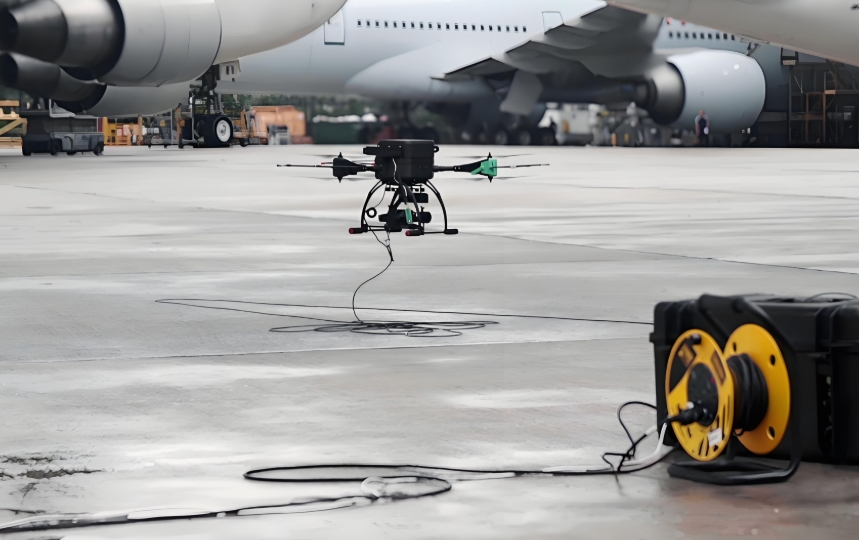
In China, for instance, the Inner Mongolia Airport Group deployed a drone detection system that cut inspection time for power lines from two hours to 25 minutes, improving efficiency by over 60%. One high-powered laser system even tracks up to 200 targets with 98.7% accuracy under strong electromagnetic interference—melting unauthorized drones at 300 meters in under a second.
Best setup: Long-range radar + RF scanner + EO camera, with ultra-low false-alarm rate.
Drones near military zones are a national security issue. They’re often autonomous and fly low to avoid detection. Bases now use electronic fences, active denial systems, and long-range jammers or microwave weapons.
In a test at a border outpost, a 3000W laser system using radar + EO tracking successfully intercepted recon drones and simulated loitering munitions with a 99.8% kill rate—even under extreme temperatures from –40°C to 70°C.
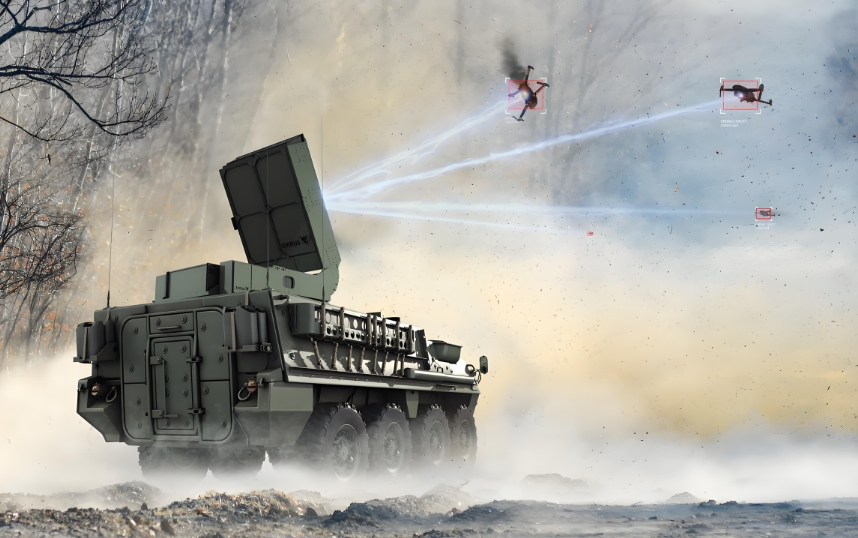
What matters here: Modular, long-range systems that support predictive strike capability and resist GPS-denied tactics.
Concerts, festivals, marathons—all these events attract large crowds and open sky. A single drone can cause panic or worse, carry harmful payloads. Here, fast detection and response is key.
Modern solutions often use AI-driven systems based on YOLOv8 for real-time multi-object detection. Some PTZ-equipped drones offer thermal and infrared sensors to spot targets even at night. In one sports stadium trial, security teams tripled patrol efficiency using drone-assisted surveillance.
Recommended gear: Mobile RF analyzers + portable jammers + real-time video analysis.
Smugglers now use drones to cross borders silently. In one military trial, a laser defense system intercepted drone “missiles” within 2.1 seconds, using six degrees of motion modeling to predict their path. These setups even distinguish drones disguised as birds, achieving a 97.6% success rate.

For coastal security, the system must combine wide-range radar, satellite link data, and RF signature tracing. Some areas now deploy drone swarms for drone-hunting missions.
Essential setup: All-weather radar + satellite comms + RF location triangulation.
\Power stations, substations, oil refineries—all are vulnerable. A drone crash or dropped metal wire can trigger a blackout. Detection must integrate directly into control systems (like SCADA).
China’s energy sector now uses a 3000W dynamic focus laser system to melt drone materials in under a second: 0.8s for carbon fiber, 0.3s for aluminum. These systems smartly avoid non-threats and sync with electrical grid monitors to prevent cascading failures.
Recommended tools: Radar + thermal imaging + AI + automated no-fly zone enforcement.
Drones are now airborne smugglers, dropping phones or drugs into prison yards. In Xiamen, the “Electronic Hawk” system disrupted both remote control and navigation signals, forcing intruders to land outside secure zones. Combined with optical sensors, it tracks drone ID and blocks its return path.

Some setups even extract the drone’s RF fingerprint. In Beijing, cognitive radio tech identifies drones by their unique control signals—then kills the link.
Best approach: RF interference + optical tracking + ID fingerprint extraction.
Urban drone flights are rising—for delivery, traffic checks, media. But unregulated flights risk air collisions or data leaks. Smart cities like Shanghai are deploying digital twin platforms to visualize 3D drone corridors.
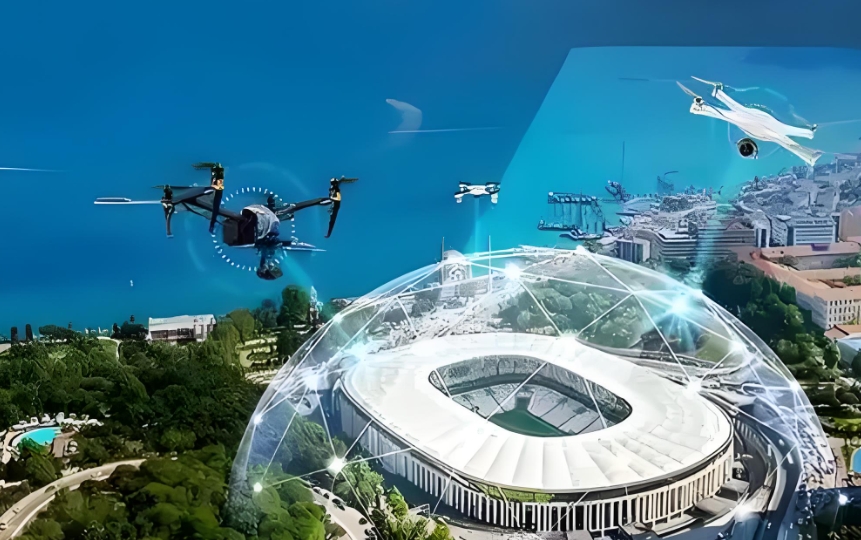
In one system, a low-altitude AI-based planner monitors real-time conflicts on the Pudong–Kunshan route. Traffic violations trigger dual-path alerts: one to a human operator, one to the drone’s system.
Most suitable tools: AI video recognition + digital twin models + geofencing databases.
While drones help with field mapping or pest control, unauthorized ones can damage crops or invade privacy. Detection relies on hyperspectral sensors and thermal imaging to pick up heat signatures under dense canopies.
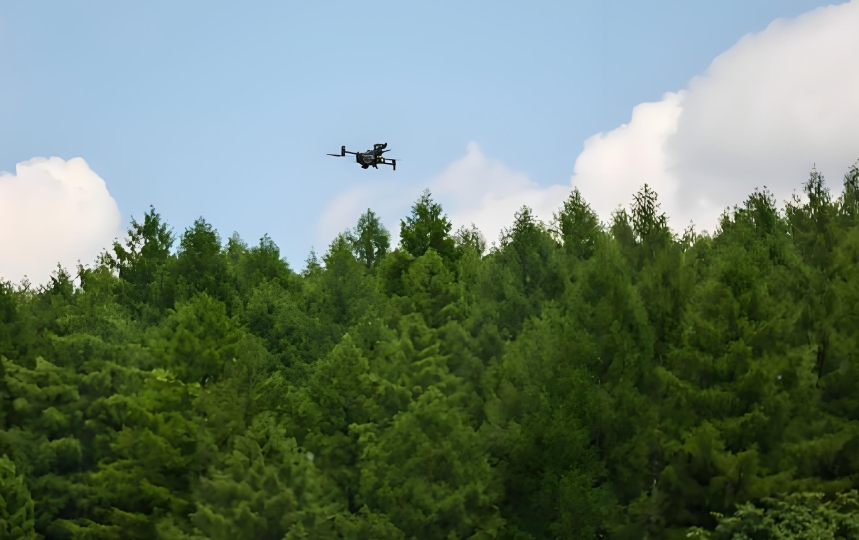
In Hangzhou, an AI-enhanced patrol system now collects cm-level images monthly (not annually), and the detection rate for illegal farmland conversions rose by 40%.
Effective system: Thermal + acoustic + AI segmentation models + satellite sync.
During fires, floods, or quakes, rescue teams use drones to map and assist. But unauthorized drones interrupt helicopters and delay aid.
Teams now use portable detection kits: 360° radar, RF analyzers, and even LiDAR. In Sichuan, long-endurance drones fly rescue missions in low visibility, spotting survivors through smoke using heat sensors.
Top choice: Mobile kits + LiDAR + infrared + crowd mapping via YOLOv8.
Drone logistics are booming—Amazon, JD, and others all invest in “drone highways.” But this also requires real-time detection and traffic routing.
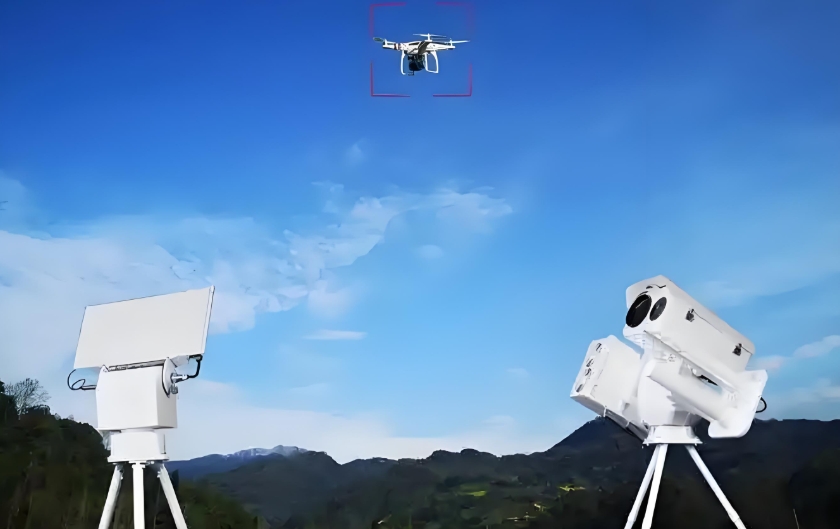
In Hangzhou, the HT platform integrates weather, terrain, and traffic data. It adjusts drone delivery queues during peak hours, avoiding mid-air collisions. The platform connects to no-fly zone databases, and AI models auto-detect illegal landings or payloads.
Best tech match: RF ID detection + flight risk modeling + real-time tracking via cloud AI.
| Scenario | Best Detection Module | Why It Works |
|---|---|---|
| Complex EM environments (military) | GaN RF jamming modules | High power density (20W/cm³), 5 km range |
| High-speed aerial tracking (airports) | Radar + EO fusion | Full signal response in 0.5 seconds |
| Stealth surveillance (borders) | Passive RF triangulation | Silent, accurate, <10 m location error |
| Urban drone corridors (smart city) | Digital twin + 3D visualization | Multi-layer flight path coordination |
UAV detection is no longer just for high-security zones. It now touches every part of modern life—from how we protect borders to how we deliver medicine. The key is not just to detect drones but to understand the risks around them.
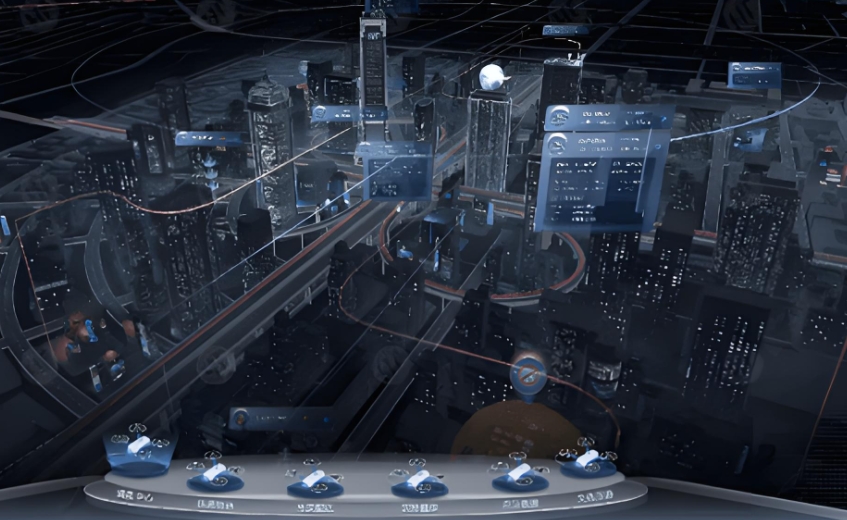
So here’s what I always ask clients before we choose a system:
Start there. From laser weapons to digital twins, the best UAV detection systems are not just tools—they are part of your operational thinking.